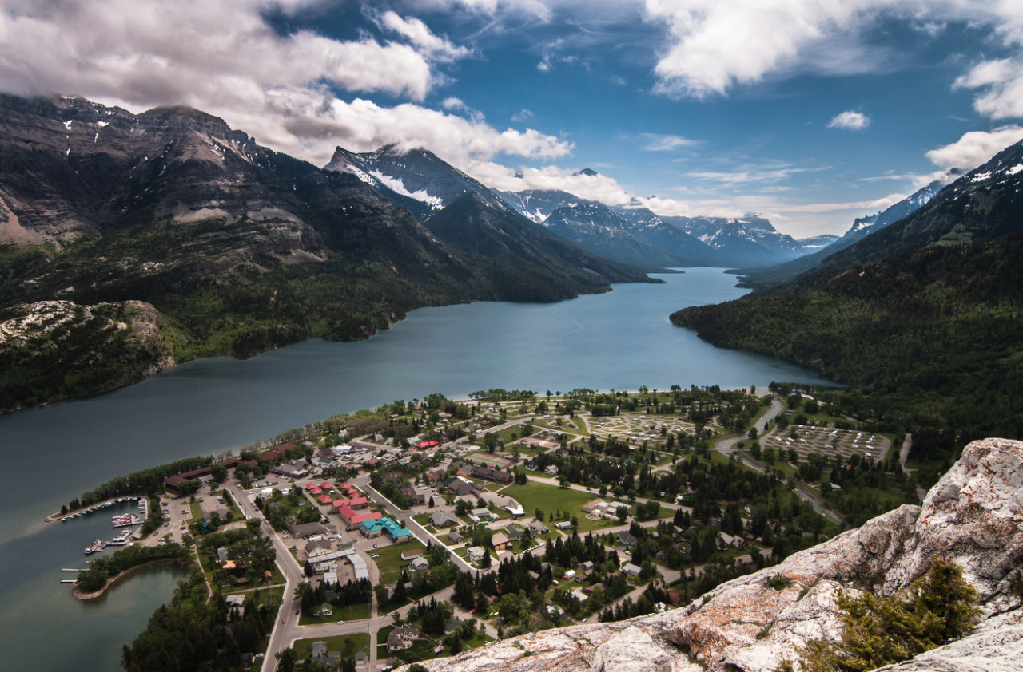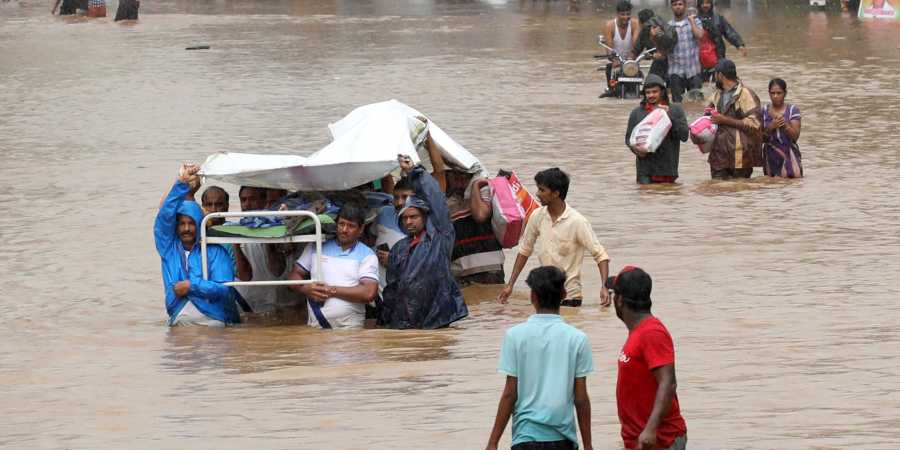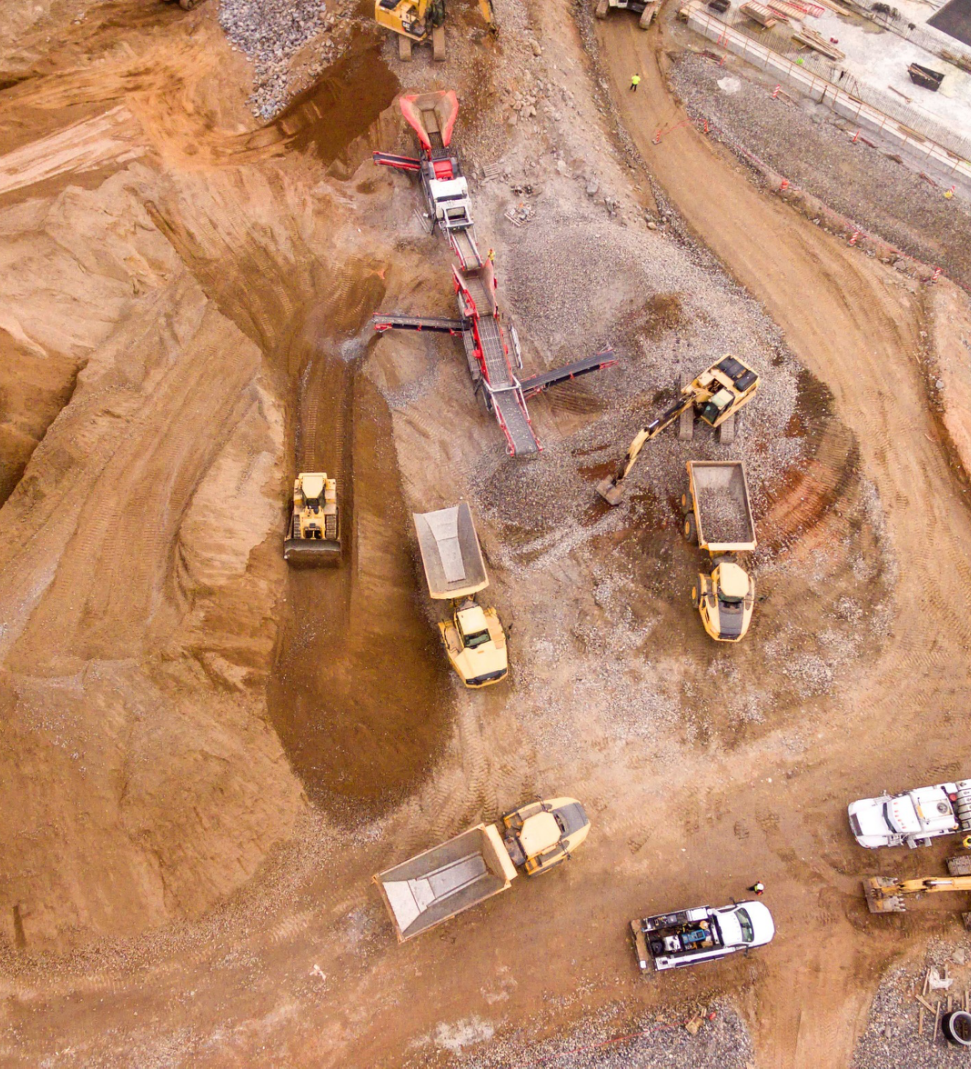Accurate and reliable forestry data can be obtained by means of continuous monitoring of forests using advanced satellite remote sensing and GIS technologies, which provides a major opportunity for the development of smart forestry. However, with the improvement of the precision and acquisition speed of data, the traditional data analysis cannot meet the performance requirements of current ground-based forestry applications. The concept of smart forestry has not been clearly defined so far. It is based on digital forestry, using cloud computing, Internet of Things, mobile Internet, big data and other new generation information technology. Smart forestry can make forest management digital, perceptual, interconnected, and intelligent. The forestry data is the basis for the operation of the intelligent forestry system, which can assist forestry decision-making through the analysis and mining of forestry data. Therefore, big data technology is the basis for the development of smart forestry. Forestry big data has brought a new solution to the difficulties encountered in the course of forestry development, which refers to the application of big data technology to forestry data processing.
Unmanned aerial vehicles (UAVs) are new platforms that have been increasingly used in the last few years for forestry applications that benefit from the added value of flexibility, low cost, reliability, autonomy, and capability of timely provision of high-resolution data. The main adopted image-based technologies are RGB, multispectral and thermal infrared. In comparison with other permanent ecosystems, forests are particularly affected by climatic changes due to the longevity of the trees and the primary objective is the conservation and protection of forests. Nevertheless, forestry and agriculture involve the cultivation of renewable raw materials the difference is that forestry is less tied to economic aspects and this reflects the delay in using new monitoring technologies.



